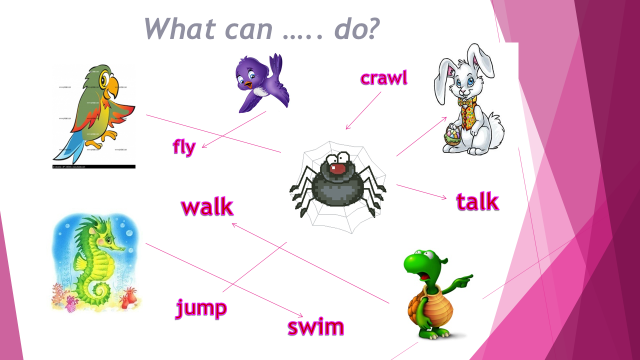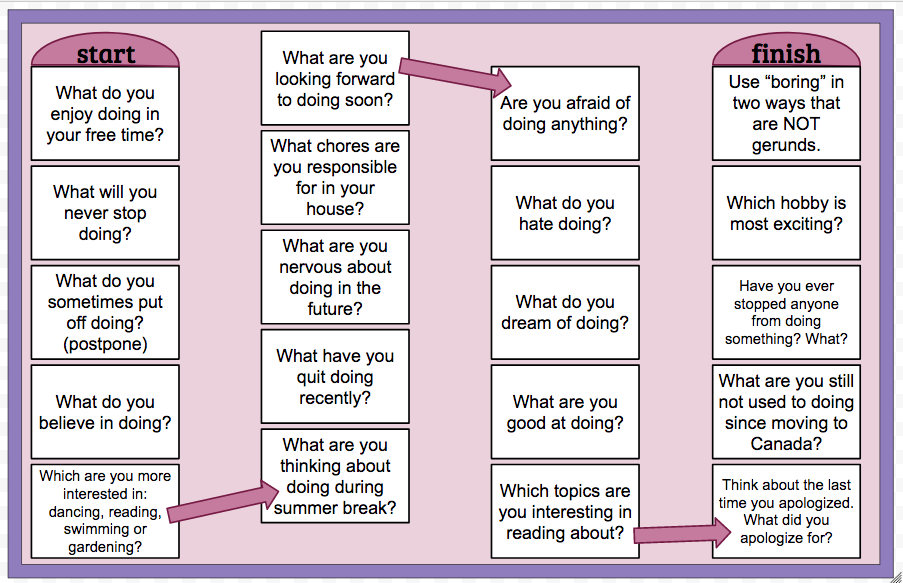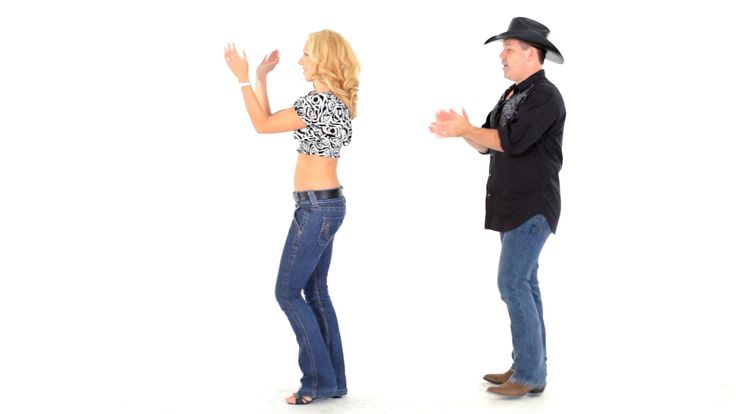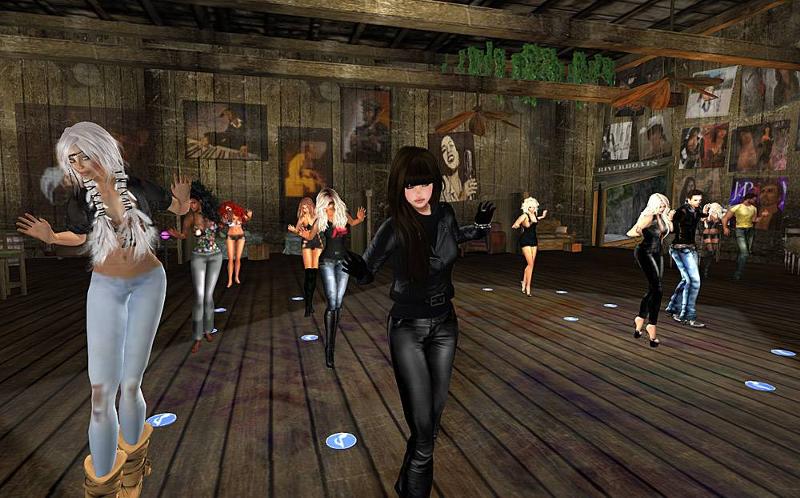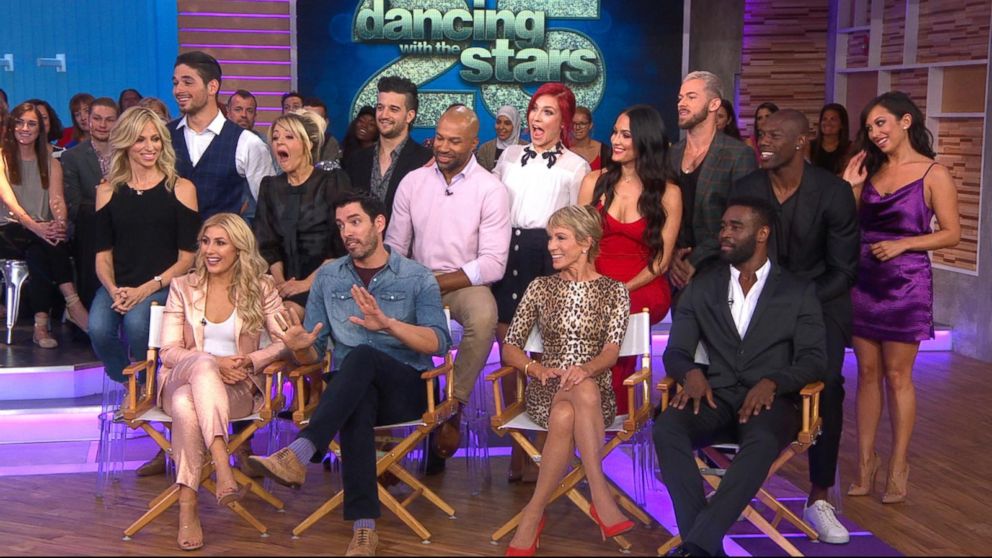How to slow dance with a woman
5 Simple Steps to Master the Slow Dance for Beginners
There are many occasions to slow dance such as weddings, proms, and just wherever there is a music of a slow tempo. But, maybe you are intimidated by a slow dance. You don’t know where to put your hands, or don’t know how close to stand to the other person. What steps do you do in the slow dance? We’re not talking about a specific dance step like the Foxtrot; we are just talking about the slow dance in general. Are you a beginner-level dancer and looking for easy dance moves? In this article, we will give you five simple steps to master the slow dance so you’ll never again be fearful of being out on the dance floor when the music slows down.
Slow Dancing Arms
There are two options for your arms when you slow dance.
Option 1- Slow Dancing Arms
In this option, you can think of slow dancing as an extended hug as you and your partner sway back and forth. The female places her arms on the guy’s shoulders or hangs them loosely around his neck. The guy puts his hands on the female’s hips or wraps them loosely around her lower back. Leave enough room between you so that you both feel comfortable.
As for head placement, this depends on you and your partner’s height. If you are a couple and are dancing closely, you can rest your head on your date’s chest or over his/her shoulder. Or, you can look at each other.
It’s important to stay relaxed. Try to control your breathing by inhaling and exhaling steadily to maintain an even heart rate.
Option 2 – Slow Dancing Arms
Holding your partner’s hand is the more traditional way to sway in a slow dance. If you aren’t dating or don’t know each other well, this position can be more comfortable. The guy puts his right hand on the females’ hips or on her mid- or upper-back. If you’re dating and close, the guy can wrap his arm loosely around her waist. Then, he uses the left hand to take her hand or lace his fingers into hers. The female should put her left hand on her partner’s shoulder and hold his hand with her right hand.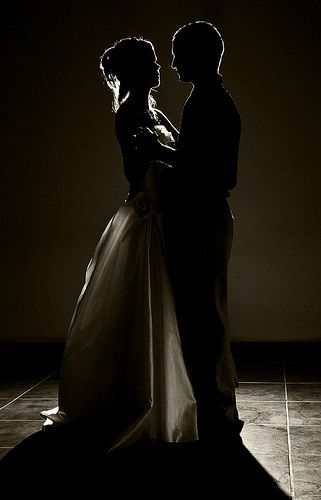 With this stance, your heads will probably stay forward, so you are looking at each other. Be sure to smile at your dance partner and maybe start a conversation to help relax.
With this stance, your heads will probably stay forward, so you are looking at each other. Be sure to smile at your dance partner and maybe start a conversation to help relax.
Slow Dancing Feet
It’s good to be cautious of where you put your feet when slow dancing so as not to step on each other’s toes. When you first join together to dance, look down at where you and your partner’s feet fall. This gives you a general idea of how far over you can move your feet without stepping on his/her toes.
If you are close together in the slow dance, you can put one foot between your partner’s feet and your other foot on the outside. If there is more space between the partners, you can put your toes in front of your date’s toes and about an inch off to the side. Don’t get too technical on this aspect. When your bodies come together to dance, your feet should naturally fall in place.
Leading
It’s traditional for the guy to lead a slow dance. If this is just way too traditional for your taste, then the female can change it up and lead. But, someone has to lead. To lead, gently push your partner’s hand in the way you want to go as you also move your body in that direction. Follow the music and move to the beat. To follow, just follow your partner’s moves.
But, someone has to lead. To lead, gently push your partner’s hand in the way you want to go as you also move your body in that direction. Follow the music and move to the beat. To follow, just follow your partner’s moves.
Swaying
The basic slow dance doesn’t require much footwork at all, so it is an easy dance for beginners. You can keep your feet planted in one place, make sure your knees are loose, and then gently sway back and forth using your hips and knees. If you are confident with this, you can gently lift your feet off the floor just a bit. These small lifts can turn you in a slow circle. Remember to keep your arms and elbows loose. This will make it easier to breathe and sway comfortably.
The Twirl
If you are leading and are feeling confident and a bit adventurous while you’re slow dancing, you can invite your partner to twirl. This is a common move so your dance partner will probably know what to expect. Take a step back from your embrace and hold your partner’s left arm up in the air with your right arm.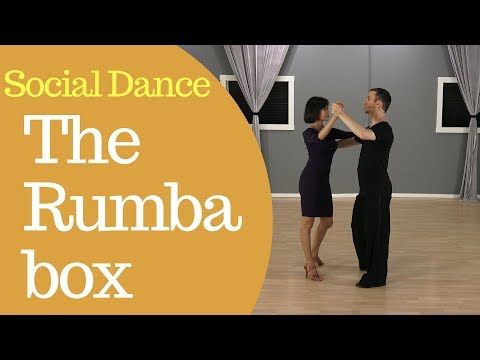 After guiding her in turning 360 degrees, you simply return to your starting position and resume swaying.
After guiding her in turning 360 degrees, you simply return to your starting position and resume swaying.
Get Started Learning How to Slow Dance at Fred Astaire in Raleigh
Are you ready to get started learning to slow dance and other kinds of dancing? You can begin today learning these easy dance moves and enjoy the many benefits of dancing! For information on our dance classes and dance lessons, call us at (919) 872-0111 or fill out our online contact form below!
Contact Us Today
No Partner Necessary
How to Slow Dance at Wedding or Prom- 6 Easy Steps (with Video Instruction) — Duet Dance Studio Chicago
Ever wonder how to dance when a slow song comes on at a wedding or a prom? Slow dancing is an important skill to know whether you are attending a wedding, prom or social event where there is music and social dancing. Slow dancing isn't too difficult to master as long as you know the basics and practice often.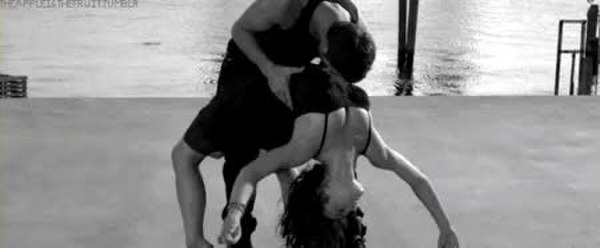 Impress your date at your next event with these 6 easy slow dance steps! And if you’d like to learn more dance moves, make sure check out our Online Dance Programs!
Impress your date at your next event with these 6 easy slow dance steps! And if you’d like to learn more dance moves, make sure check out our Online Dance Programs!
1. Escort your Partner Gracefully
Ask your partner politely by saying "would you like to dance?" or "shall we?" If he or she says yes, hold your partner's hand and escort him/her to the dance floor. Find a good spot on the dance floor where it isn't too crowded and start dancing. It's that simple. But if you'd like to spice it up a little, check out this video for a fancy way to get on to the dance floor.
2. Dance Position
It's important to start your dance with a good dance position, which allows you to lead or follow your partner better.
Leader — Place your right hand behind your partner’s left shoulder blade (cupping the shoulder blade). Make sure your right elbow is up and your elbow bone should be pointed out to your right side.
Follower — Wrap your left arm around your partner’s lifted arm and place your hand around his/her biceps.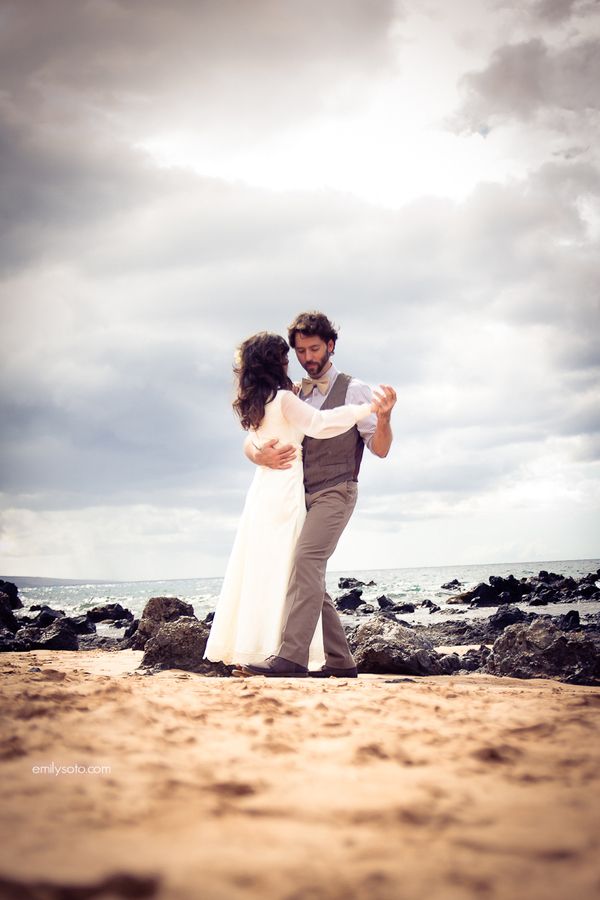
Both of you can now bring the other arm up and clasp your hands together. Your elbows should be relaxed and pointed down slightly.
3. Listen to Music and Find the Beat
Before you start dancing, listen to the song, find the beat and then sway (shift your weight from one foot to another) to the beat of the song. The tempo of the song determines how fast or how slow you move. Watch this video and learn how to dance to the beat.
4. Basic Step
The basic step shown in the video below is perfect for beginners. It is simple to do and work great with a lot of slow dance songs. Practice this repeatedly until it becomes second nature. And when you lead this step, make sure to do this confidently so that your partner can follow you.
5. Spice it Up with a Turn
Once your partner feels comfortable dancing with you, it's a great idea to spice up your dance with a turn or two. Surprise your partner with this fun turn below!
6.
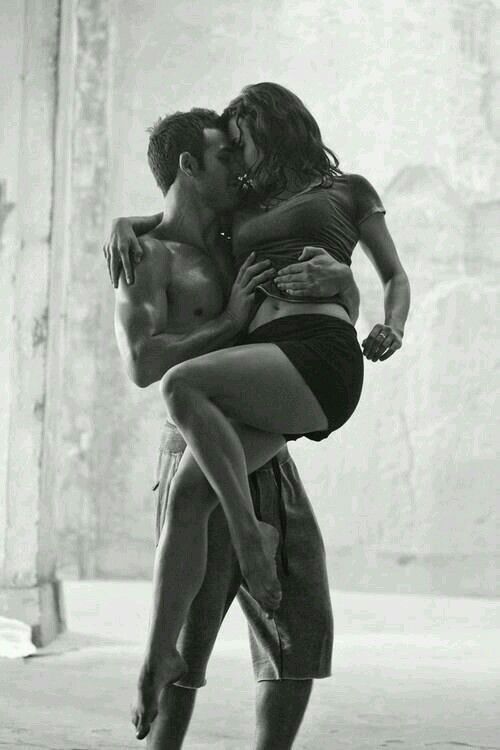 End with a Dip
End with a DipNo dance is complete without an impressive dip. It is like the icing on a cake! Depending how comfortable or experienced your partner is with social dancing, you may want to adjust how low you dip your partner. If you weren't sure how comfortable your partner feels about being dipped, ask for permission first. Watch this video to learn how to dip your partner safely and confidently.
What is your go-to slow dance move? Please comment below.
Want to learn more? Sign up for our complete online dance program now!
Online Dance Lessons
Duet Dance Studio is a group of friendly dancers who are passionate about helping people and sharing the joy of ballroom dance. Our physical studio is located in Chicago West Bucktown. We offer ballroom dance lessons, wedding dance instruction and private dance parties. Online Wedding Dance Lessons and Skype dance lessons are also available! Dances we teach include Salsa, Swing, Tango, Bachata, Merengue, Waltz and Foxtrot.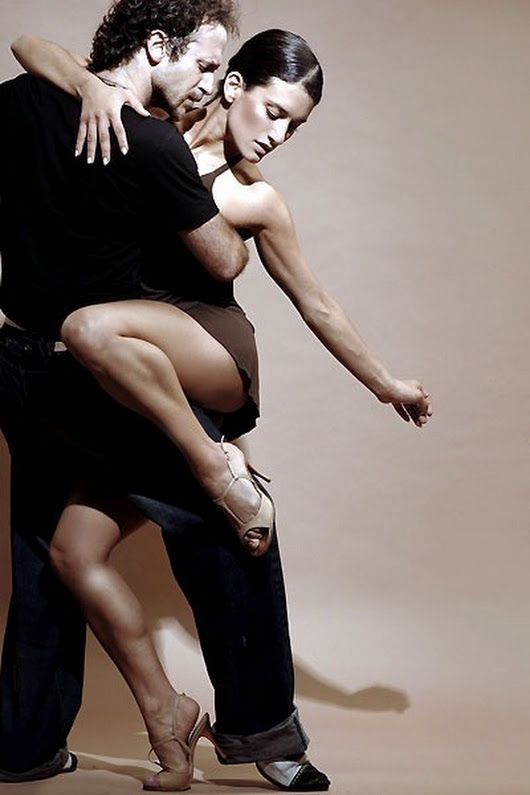 Sign up for an introductory dance lesson now to get started!
Sign up for an introductory dance lesson now to get started!
Szewai LeeComment
0 Likes 90,000 12 life hacks, to quickly learn how to dance from Mamita DanceDances
Author: Pavel Gather
Psychologist, Lecturer Salsa and Tango
Dances
Author: Pavel Pavel
Psychologist, Lecturer Salsa
on At the start, you always want to get a quick result. When it doesn't happen, the hypothesis arises that everything takes time. After a conditionally acceptable time, humility comes to mastering pair dances, which, perhaps, is not given, and I will just do what I learned somehow. nine0003
This is the most common story of those who believe that the mere act of attending a pair dance class is enough to learn how to dance.
Absolutely not. If you want to really dance well, you have to make an effort outside of the dance class.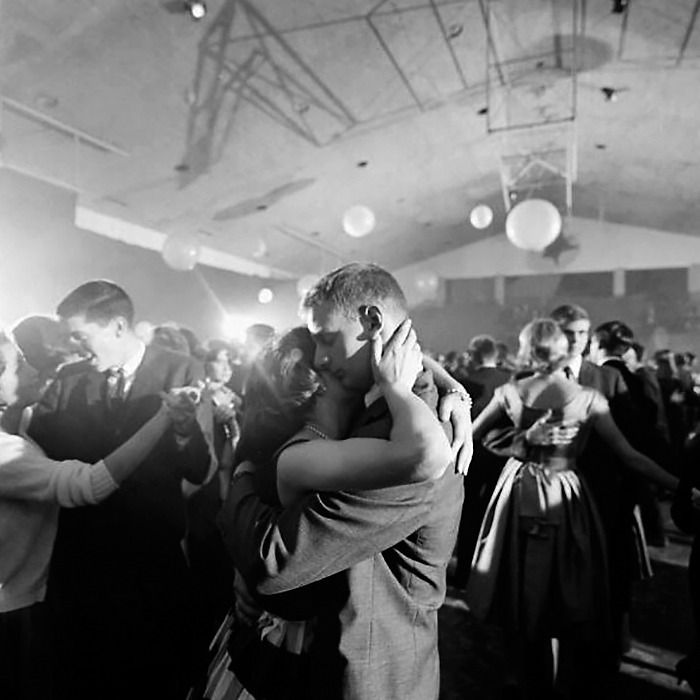 A good teacher will definitely be needed, but the initiative should be on your side.
A good teacher will definitely be needed, but the initiative should be on your side.
1. Listen to music
The most common and accessible advice that is given already in the first lessons. And it definitely works. Music creates a certain atmosphere of the dance and intuitively you want to move to it. It doesn't matter where you listen to music - in the car, on headphones while walking or doing household chores. nine0003
An addition that will help you dance better is your active participation in the music. Sing along, dance or simply beat musical accents with any free parts of the body. In the subway, for example, it is enough to tap out bright moments with your fingers, in the car to sing along with sounds, and at home you can jump for pleasure.
2. Watch videos of good dancers
It's complicated, but also obvious. It’s more difficult, because without recommendations from more experienced dancers, unfortunately, it’s not so easy to find a good quality video on the net (I mean not the resolution quality, but the content itself). nine0003
nine0003
Meaningful video viewing is about building an understanding of HOW dancers make a particular impression on a partner or viewer. Technology is at the heart of everything. Understanding how the pros do it is a big step forward.
It is important to distinguish a show from a disco dance, a staged performance from an improvisation, a stylized dance from an authentic one, etc. Ask for recommendations and dance teachers will always throw off a couple of videos of worthy landmarks. nine0007
Tango Z. Showreel.
Online modern tango courses
Tango nuevo is the most advanced version of tango. We can quickly learn to dance from zero to a steep level.
| View details |
3. Dance in salsatecas/milongas/discotheques
A very delicate moment when it is worth coming to the first party. From a technical point of view, most students in 1-3 months have a sufficient set of figures and techniques to come and dance calmly. Psychologically, the same moment can be stretched out for an indefinite time. After all, it is imperative to “not lose face”, “learn more figures” and be sure what to do in case “there is an unfamiliar movement”. nine0003
Psychologically, the same moment can be stretched out for an indefinite time. After all, it is imperative to “not lose face”, “learn more figures” and be sure what to do in case “there is an unfamiliar movement”. nine0003
In fact, the partygoers don't really care (except for a small layer of non-professional teachers who want to help inexperienced dancers by treating them as customers in the future). It is important to come and try dancing after a month of classes. You can only with friends or guys from your group. This will be enough to feel the adrenaline and inspiration from the dance.
4. Dance with partners or partners not of your level
The conventional wisdom that you need to practice in groups of your level does not withstand the test of experience. Perhaps now your eyes widened in surprise, and you want to meaningfully read the phrase again. Yes, you saw everything correctly: when you dance with a partner of your level, you don’t grow anywhere. nine0003
nine0003
It's important to understand that not only does it work one way and you have to dance with cooler dancers, but it works even more effectively the other way. It is no coincidence that teaching pair dances dramatically raises the level of the teacher himself. You have an endless stream of very beginner dancers.
How it works. A more experienced partner needs to be "stretched". It's easy and obvious. With beginners, you need to take more initiative on yourself, see the general pattern of the dance more widely, turn on and insure more, try to be an example and be more careful. The quality of interaction begins to grow significantly. And wonderful partners too. nine0003
Dancing with partners of your level doesn't make you grow. Dance with both beginners and more advanced dancers
Dominican Bachata Women's Style Online Course
Want to learn how to hypnotize those around you with the most appetizing part of your body? On the course we will tell you all the secrets.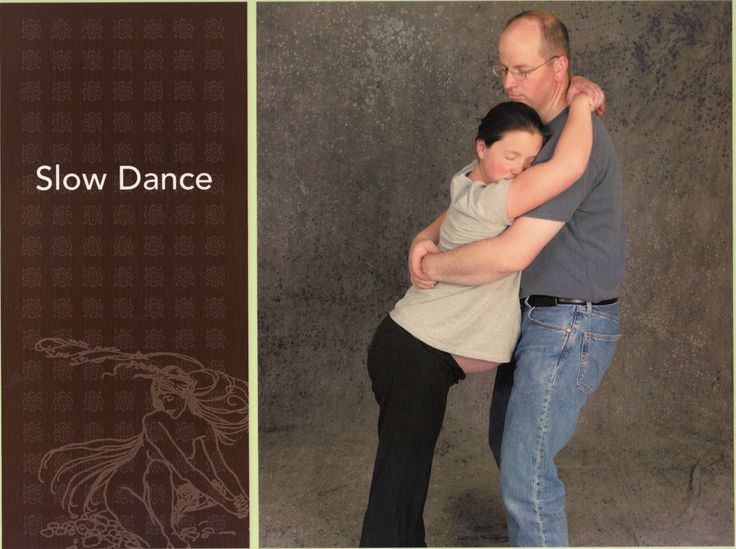
| Interesting |
5. Learn to dance for a partner and for a partner
Turks and Argentines are one of the best partners in the world. In Russia, partners are highly valued. Why? The answer is simple. In Argentina and Turkey, it is not questionable for men to ask another man to lead in one piece or another and give feedback on the quality of the lead. For them, it will be a great shame to hear moralizing from a partner, or even more so to be known in the community as an insecure partner. nine0003
In Russia, due to the constant, often far-fetched, opinion that there are more women in pair dances, partners calmly get up and study their partner's part. Such partners then grow into very cool dancers and teachers. In no case do this at parties, only in class. Here we are talking only about the learning strategy. At parties, be yourself.
6. Do not memorize the links
Always try to look deeper and understand the through principle and idea of movement.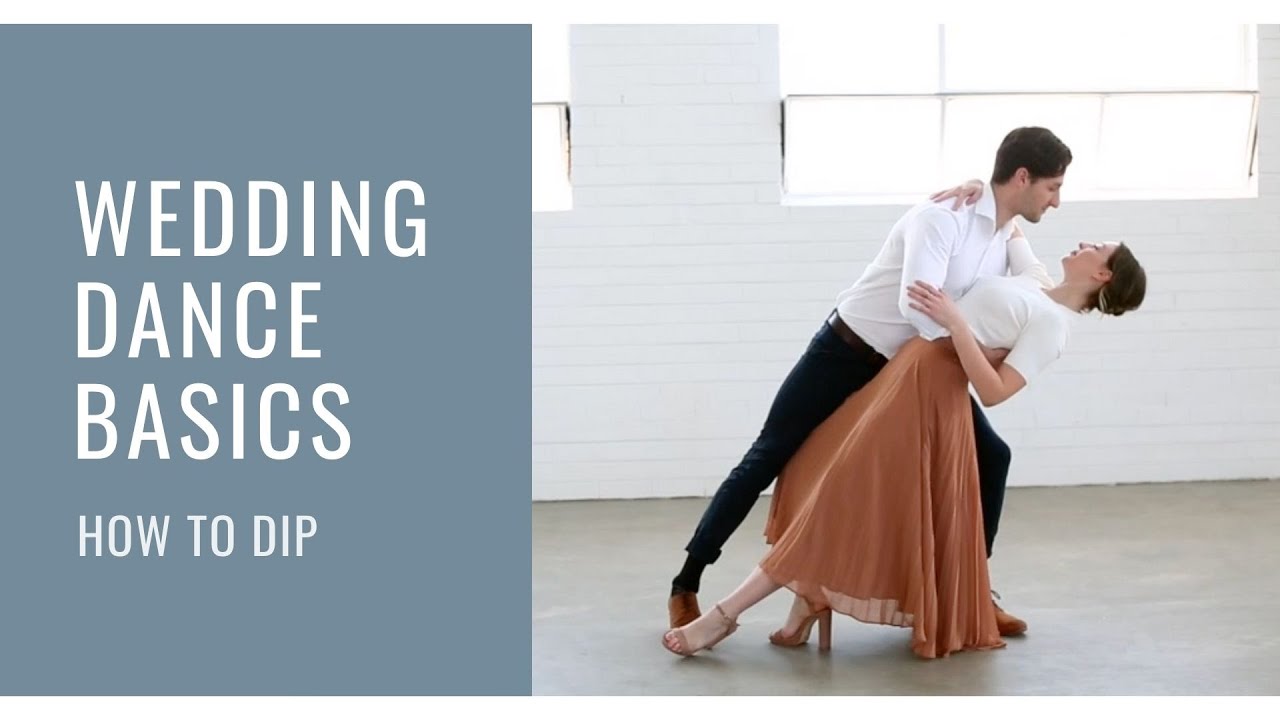 Understanding what and how is done will make it possible to independently generate any sequences and chips. nine0003
Understanding what and how is done will make it possible to independently generate any sequences and chips. nine0003
Human memory is limited and there will always be a moment when something will escape and your repertoire will be limited by the size of RAM.
In Argentine tango, for example, there are seven levels of movement construction that, when mastered, will allow you to make millions of combinations. And how many dance sequences can you really remember? In rueda, more than 150 figures dance in a rare circle. It's hard to keep more in mind.
7. Develop your body
Many years of experience in teaching couple dance shows that as soon as everyone pairs up in a class, any progress in individual style ends. But it is the individual style that distinguishes everyone at the disco: partners change, and style is always with you. nine0003
The body as the main instrument of dance must be very plastic, responsive and emotional. Surprisingly, not all pair dance schools have a general physical warm-up. It is vital to tune the body and understand how it works.
It is vital to tune the body and understand how it works.
You can always train extra and concentrate more on the basic steps, as their true value is as body work. The sequence of steps is, in fact, the simplest thing that can be in pair dancing. The quality of individual performance determines the craftsmanship. nine0003
8. Try on the images of inspiring dancers
A psychological life hack for those who have already mastered the steps, but still feel that there is not enough brightness and drive. Most are terribly afraid of being someone else's "clone". Here the action is the same as under the influence of hypnosis - the more you resist, the more you plunge into an altered state of consciousness.
With a high degree of probability, you are already dancing like someone else's "clone". A meaningful fitting of someone else's image is that you mentally take the image of the one who inspires you (inspiration is critical in this case) and "put on" yourself. Then you start dancing and trying to feel in general how it is to be able, for example, to be the best partner or the sexiest partner in a disco. This is much more difficult than it seems. But it works extremely efficiently. nine0003
Then you start dancing and trying to feel in general how it is to be able, for example, to be the best partner or the sexiest partner in a disco. This is much more difficult than it seems. But it works extremely efficiently. nine0003
9. Dance to offbeat music
Habitual rhythms keep you tight. Tango salon or speedy timba leave little room for experimentation and fantasy. Pattern dancing is always noticeable and is reserved for beginners.
The truly new is born outside of the usual. Look for places to experiment. If there is no place, organize self-training. The main thing is not to get carried away, because music determines the style. We bring something new to pair dances, rather than trying to change them. nine0007
Search, improvise, don’t be afraid to go beyond, develop in different directions, be inspired by music atypical for the style
10. Try your hand at basic dance directions
dances exist according to their own non-choreographic laws.
This is the deepest delusion, which has turned into a ceiling for the qualitative development of partner dances. After all, all professional dancers, for example, in salsa or bachata, build their ideas on the basic choreographic principles. nine0003
Do not think that choreography is only applicable on stage. Any meaningful movement of the body can be choreographic. In general, try classical or modern choreography. Basically, hip-hop can work too.
11. Look for battle sensations
Pair dances return us to an active position of manifestation of our body. As in the days of our ancient ancestors, we impress the members of the opposite sex by how dexterous, hardy, sexy, etc. we are. Modern laws of the jungle in the entourage of large cities. nine0003
If you look around the dance floor, it becomes clear that the majority are clearly herbivores (not in the sense of vegetarians, but in relation to those around them). I am sure that predators are always more interesting in terms of the attractiveness of the image - try to find a counterbalance among herbivores, for example, a cat woman or a lion man.
I am sure that predators are always more interesting in terms of the attractiveness of the image - try to find a counterbalance among herbivores, for example, a cat woman or a lion man.
The conversation is about an internal position, not about aggressiveness. Lability and lack of control are inherent in adolescents, and not in adult self-sufficient people.
Accordingly, even a training or friendly battle gives, on the one hand, practical skills - to make a bright sequence of movements, bring an idea to a climax, show a spectacular feature, on the other hand, develops the psychological basis of the dance - self-confidence, resistance to extraneous attention, self-control and self-control in complex elements. nine0007
12. Communicate with professionals
The environment shapes the internal position. Basically, real passionaries of the dance community are ready to openly talk, discuss and support the development of dance in every possible way. Universal principles and the ideas they articulate have a much longer and more practical perspective than meets the eye.
Universal principles and the ideas they articulate have a much longer and more practical perspective than meets the eye.
Accept that, for example, behind the words "listen to your partner" is not only a beautiful metaphor, but also a practical skill to literally listen to your partner. At the same time, always treat every thought, even the most respected teacher, as a private opinion. nine0003
Your skill will lie in finding the scope of the idea even in conflicting opinions. Most often, the contradiction is speculative and the truth lies in the angle of perception or situationality.
Your dancing growth will stop sooner or later. This can happen at the level of three basic steps or years of experience in teaching and show performances. Regardless of your level, the suggested 12 life hacks can get you off the ground and greatly accelerate your dance growth. There is no way here without your motivation and activity. Take your dance development into your own hands. nineOl000 Dangerous sexuality
Salsa: destroyers of stereotypes
Couple dancing as a source of strength.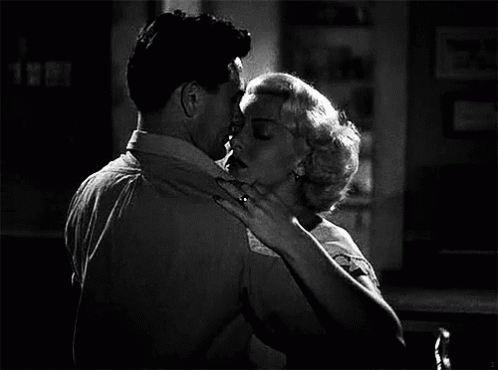
Self-destruction of the couple dance community
The Salsa series as a mirror of the community
Mamita Fridays: salsa, bachata
Destroying the myths about leading pair dances
Does dancing make us better?
The seven deadly sins of teachers
Why we will never dance bachata like the Dominicans
Why tango?
Dispute over musicality
Selection of dances according to alcohol preferences
Where to find inspiration for dancing? nine0003
Terrible tango nuevo
Distribution of roles in a salsa party
Argentinean tango through the eyes of a salsa dancer
Is there a predisposition to dancing?
Which is more effective: individual or group lessons?
Sexual connotations in partner dances
techniques, basic steps and movements for beginners
Contents
Tango is one of those directions that can be mastered at any age. It is not so much the technical elements that are important here, but the emotions of the performers, their energy and ability to improvise. In the northern capital, tango is especially loved: milongas are regularly held in St. Petersburg - dance parties at professional venues and just in the open air. To help you plunge into the world of Argentinean passions and master one of the most spectacular directions, professional mentors of the La Boca dance club are ready. nine0003
In the northern capital, tango is especially loved: milongas are regularly held in St. Petersburg - dance parties at professional venues and just in the open air. To help you plunge into the world of Argentinean passions and master one of the most spectacular directions, professional mentors of the La Boca dance club are ready. nine0003
A few words about tango
A playful pair dance is distinguished by its free composition, but at the same time a very clear rhythm. Tango is a popular Argentinean direction that "ripened" at home, and then conquered the whole world. The main thing in this dance is to be able to improvise without losing the rhythm, and to feel your partner. It is in the pair that the individual style of the performers is developed, their own decorations and unique combinations of movements are born. Professional tango performers say that in the first place is the fusion of hearts, and only in the second place is technique. No one ever knows how the dance will turn out in the end, and this is its unconditional dignity! nine0003
Sign up for a trial lesson
Basic tango moves
Due to the fact that tango is suitable for all ages and any physical form, you can start mastering this direction at home. Even before practicing the elements in front of the mirror, you need to really feel the tango music, listen to different pieces and try to swing to them. If you initially started dancing with a partner, learn how to hug in the tango style:
Even before practicing the elements in front of the mirror, you need to really feel the tango music, listen to different pieces and try to swing to them. If you initially started dancing with a partner, learn how to hug in the tango style:
- A man grabs a woman, placing his right hand on her back - just below the shoulder blades. nine0241
- The partner's right hand is placed on the partner's left hand.
- The woman also clasps the man with her left hand – the hand is placed in the middle of his back.
In tango, it is important to move, mirroring each other. It is optimal to achieve such unity at home, by the mirror.
How to dance tango correctly
Learning tango with the help of a tutorial is very difficult: step by step videos describe the movements, but not the general mood of the dance. You can learn to improvise only by regularly practicing in a circle of like-minded people, so you should contact a dance school.


